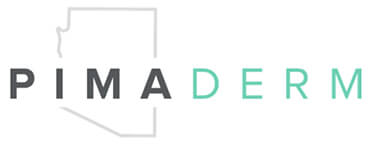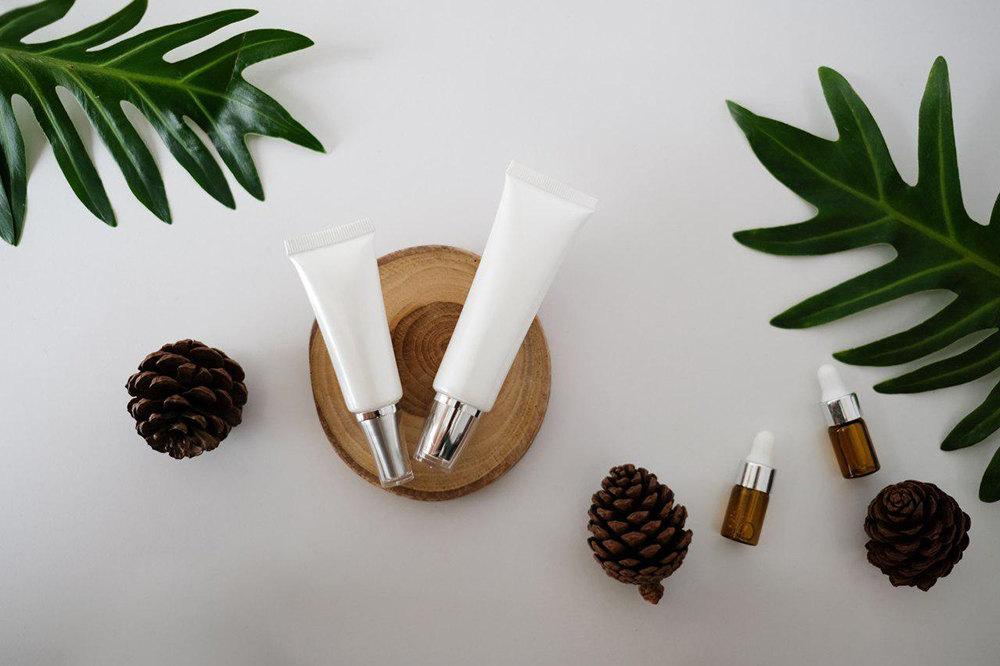 Actinic keratosis (also known as AK), is a common skin condition treated by the skincare experts at Pima Dermatology. AKs can result in rough, scaly patches of skin. If left untreated, some AKs can even develop into skin cancer.
Actinic keratosis (also known as AK), is a common skin condition treated by the skincare experts at Pima Dermatology. AKs can result in rough, scaly patches of skin. If left untreated, some AKs can even develop into skin cancer.
The vast majority of actinic keratosis is caused by chronic exposure to the sun, which makes residents of sunny Arizona particularly susceptible to this condition. That’s why we suggest you see our board-certified dermatologists or physician assistants. They understand skin conditions like actinic keratosis and provide several safe, effective treatments to improve your skin and appearance.
What is Actinic Keratosis?
Actinic keratoses are lesions that form on skin frequently exposed to the sun (hence the name “actinic,” which refers to light). The condition usually manifests itself in the form of multiple lesions characterized by a rough, sandpaper-like consistency.
Actinic keratosis can be inconsistent. For example, your AK could form and then disappear without treatment. For others, it could take weeks or even months for the condition to reappear. Often, these lesions reappear due to excessive sun exposure. Moreover, their color varies; yours may show as pink or red while others may appear as tan, brown, or even flesh-colored.
Even the symptoms of AK are not uniform. You may have minor symptoms, such as a barely-noticeable skin change, while other individuals can experience visible irregularities. Other symptoms of AK include the following:
- Itchy, burning skin
- Rough skin that’s painful or tender
- Crusty, scaly lesions
A further caution: if you’ve experienced similar symptoms that have disappeared, it’s a good idea to get it checked anyway. It’s possible that the damage is deeper within your skin, which could increase the risk of skin cancer.
Who is a Good Candidate for AK Treatment?
If you have (or have had) scaly, crusty lesions on one or more of the following areas, we encourage you to visit a skincare expert at Pima Dermatology today:
- Face
- Ears
- Neck
- Shoulders
- Bald scalp
- Forearms
- Hands
Actinic keratosis is preventable. You can protect yourself by covering up while outside, even on cloudy days, and/or by applying broadband UVA/UVB SPF 30+ sunscreen.
Types of Actinic Keratosis Treatment at Pima Dermatology
At Pima Dermatology, we provide a variety of treatments designed to improve actinic keratosis.
Cryosurgery – During cryosurgery, liquid nitrogen is used to freeze the lesion, creating a blister underneath. In 1-3 weeks, this blister will fall off, revealing fresh, new skin.
Retinoids – Retinoids include topical creams, gels, and liquids in varying concentrations (.05% or .1%, for example). These items are applied to the targeted area to erase the lesion and to restore smooth, clear skin.
Photodynamic Therapy (PDT) – PDT destroys AK lesions with a two-pronged approach: the application of a topical (5-ALA) followed by exposure to an intense band of light.
Laser surgery – Pima Dermatology offers a variety of laser treatments for the management of AK.
To Know More about Actinic Keratosis, Contact Pima Dermatology
At Pima Dermatology, our skin experts have the experience, training, and skill to safely and effectively address your actinic keratosis. Once we examine and consult with you, we will tailor a treatment plan to fit your goals and needs. If you notice skin irregularities that you suspect could be AK, contact the specialists at Pima Dermatology today.
Next, read about birthmark removal.




